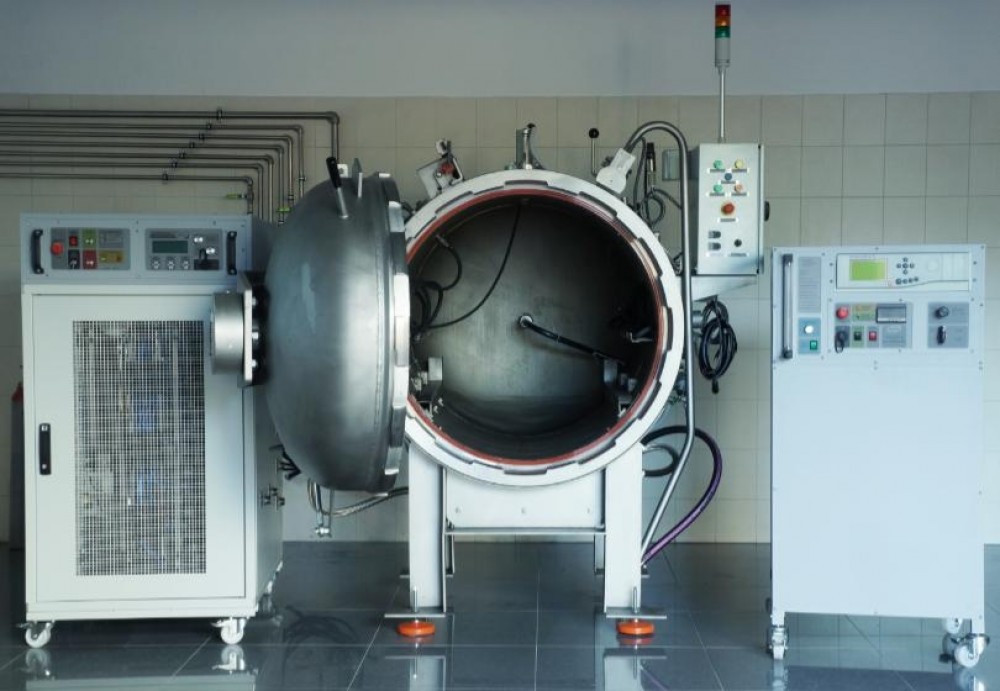Atex Explosion Test
Atex Explosion Test
Atex Explosion Test

Atex Explosion Test
First of all, our company Robsav labs, first of all, to our valued customers; It offers a brief information about the Atex certificate and offers solutions on how to obtain it.
What is Atex Certificate?
It relates to equipment and systems operating in potentially explosive atmospheres and is known as 94/9/At directives. Atex is the abbreviation of the word Atmospher and exposible. As of July 2003, EU institutions have created directives to protect workers against the risk of explosion in areas with explosive atmospheres.
There are two ATEX directives (one for manufacturers and one for equipment users, a total of 2)
1. ATEX 95 equipment directive 94/9/EC concerns Equipment and protective systems designed for use in potentially explosive atmospheres.
2. ATEX 137 workplace directive 99/92/EC deals with minimum requirements to increase the health and safety protections of potential workers at risk in explosive atmospheres.
Regulation (94/9/EC) on equipment and protective systems used in potentially explosive atmospheres; Safety devices, control devices and adjusting equipment used for purposes other than potentially explosive atmospheres, but necessary for or contributing to the safe operation of equipment and protective systems against explosion hazards, are also covered by this directive. Its scope is equipment and protective systems that can be used in a potentially explosive environment caused by the presence of flammable gases, vapors, fumes or dust. For example; electric motors, compressors, diesel engines, lighting installations, control and communication devices, listening, monitoring and searching devices can be shown as equipment. The protective systems are; They are devices that prevent an explosion or damage caused by it. These; equipment such as fire extinguishers, pressure protection panels, extinguishing systems, fast-acting shut-off valves.
ATEX 137 [99/92/AT] ; Regulation on the Protection of Employees from the Dangers of Explosive Environments, The precautions to be taken to protect employees from the dangers of explosive atmospheres that may occur in the workplace are determined in the ATEX 137 regulation. Businesses where explosive atmospheres may be in question must meet the requirements of this regulation and ensure the health and safety of employees in the workplace. Safety inspection according to the ATEX 137 regulation includes a detailed assessment of workplaces containing explosive atmospheres within the scope of this regulation. For workplaces that are inspected according to this regulation, if their compliance with the regulation is fully determined, an ATEX 137 conformity report is issued. This report states that the workplace in question has taken all precautions for those working in explosive atmospheres.
PRODUCT CERTIFICATION UNDER 2014/34/EU ATEX REGULATION
As Robsav Labs; In order for manufacturers producing equipment and protective systems (Ex-proof equipment) designed for use in potentially explosive atmospheres (Ex-proof equipment) by fulfilling the requirements of the "EN 17065 General Criteria for Product Certification Bodies" standard, they can print CE on their products and put them on the market. As a notified body within the scope of the Regulation on Equipment and Protective Systems, we are authorized to carry out conformity assessment studies and to issue ATEX certificate.
With an approach that is aware of the importance of process operation safety in your workplaces, we, as Rob-Sav Labs Laboratories, serve our manufacturers for the evaluation and certification of the conformity of the products for CE and Exproof marking purposes. Regulation ; products are divided into different classes according to the gas, dust, steam and fog content at the place of use, the way of use of the product and the product characteristics. For example, equipment used in mines and equipment used outside of mines are different, internal combustion and electric motors and other equipment are included in different classes.
Depending on these classes, product conformity is evaluated and documented, provided that the modular system applied within the scope of the New Approach Framework determined by the Commission is applied to the products. Within the scope of 2014/34/EU ATEX regulation, we are authorized to issue certificates for the following modules.
Annex-3 Module B: EU type examination
Annex-4 Module D: Conformity of the manufacturing process to the type based on quality assurance
Annex-5 Module F: Conformity to type based on product verification
Annex 6 Module C1: Conformity to type based on supervised product testing and internal control of production
Annex-7 Module E: Compliance with the type based on product quality assurance
Annex--8 Module A: Internal control of production
Annex-9 Module G: Compliance based on unit verification
What is atex certificates ?
ATEX certificates are certifications that ensure the safety and compliance of equipment and systems used in potentially explosive atmospheres. The term "ATEX" stands for "ATmosphères EXplosibles," which refers to environments where there is a potential risk of explosion. ATEX certificates are based on a conformity assessment process developed and implemented by the European Union (EU). They demonstrate the compliance and safety of equipment and systems used in explosive atmospheres according to specific standards. ATEX certificates cover equipment and systems used in the presence of explosive gases, vapors, mists, or dust. These can include various types of equipment such as electrical devices, mechanical equipment, lighting fixtures, electrical cables, and more. The purpose of ATEX certificates is to provide assurance that equipment and systems meet specific safety requirements during their design, production, assembly, and use. These certificates determine the suitability of equipment used in operations involving explosive atmospheres and help mitigate the risk of explosions by ensuring appropriate measures are taken. It's important to note that ATEX certificates are primarily relevant within the European Union and are part of the EU's regulatory framework for hazardous environments. Other countries may have their own certification systems or regulations for similar purposes.
Get Quote
 English
English 